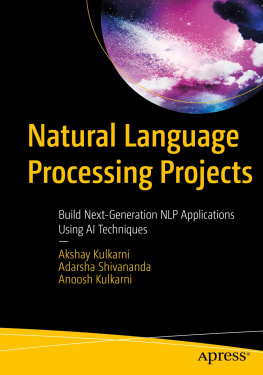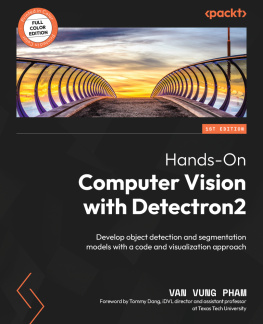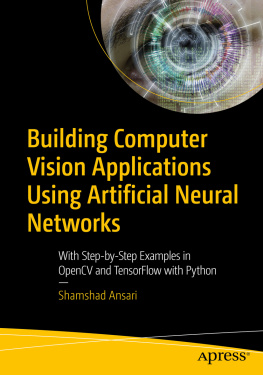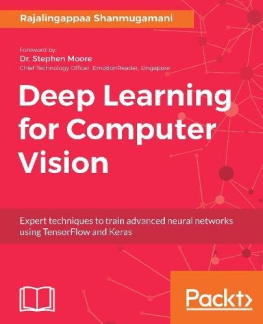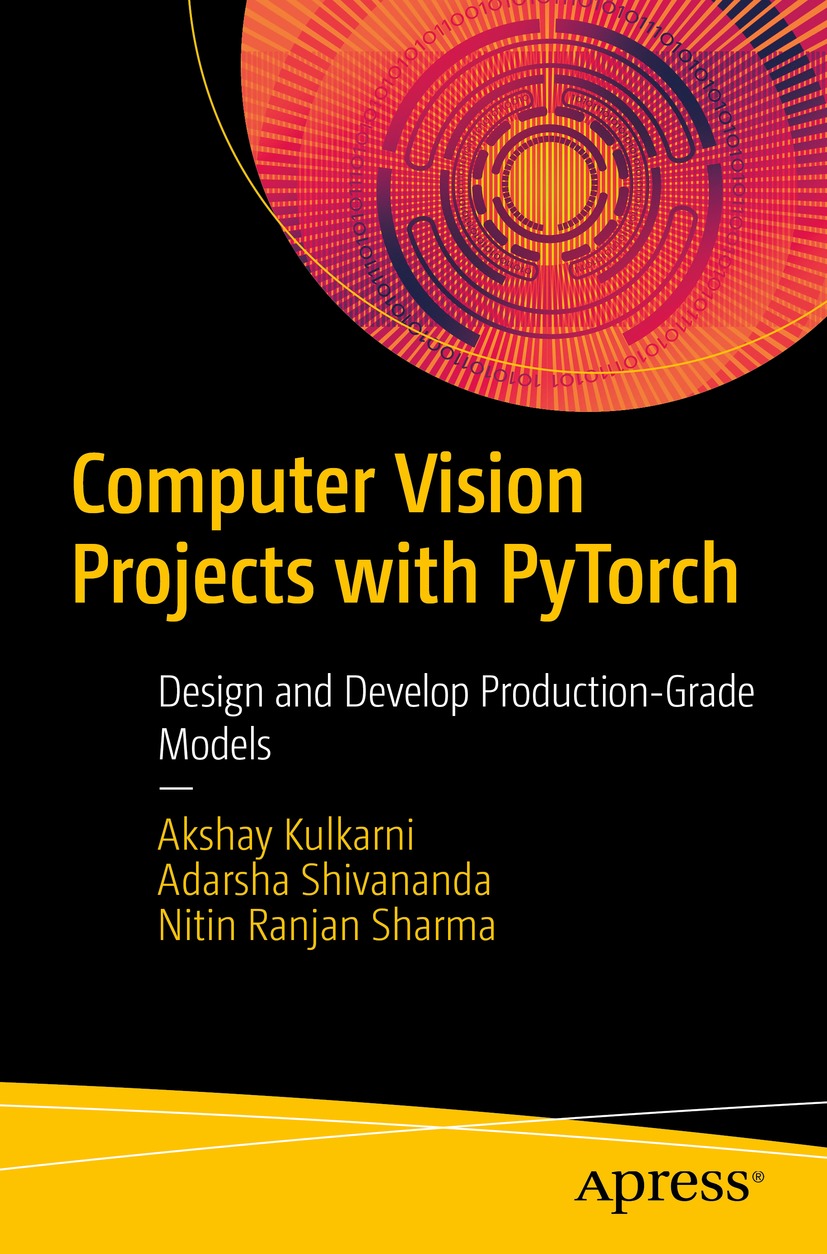Akshay Kulkarni - Computer Vision Projects with PyTorch: Design and Develop Production-Grade Models
Here you can read online Akshay Kulkarni - Computer Vision Projects with PyTorch: Design and Develop Production-Grade Models full text of the book (entire story) in english for free. Download pdf and epub, get meaning, cover and reviews about this ebook. year: 2022, publisher: Apress, genre: Home and family. Description of the work, (preface) as well as reviews are available. Best literature library LitArk.com created for fans of good reading and offers a wide selection of genres:
Romance novel
Science fiction
Adventure
Detective
Science
History
Home and family
Prose
Art
Politics
Computer
Non-fiction
Religion
Business
Children
Humor
Choose a favorite category and find really read worthwhile books. Enjoy immersion in the world of imagination, feel the emotions of the characters or learn something new for yourself, make an fascinating discovery.
- Book:Computer Vision Projects with PyTorch: Design and Develop Production-Grade Models
- Author:
- Publisher:Apress
- Genre:
- Year:2022
- Rating:4 / 5
- Favourites:Add to favourites
- Your mark:
Computer Vision Projects with PyTorch: Design and Develop Production-Grade Models: summary, description and annotation
We offer to read an annotation, description, summary or preface (depends on what the author of the book "Computer Vision Projects with PyTorch: Design and Develop Production-Grade Models" wrote himself). If you haven't found the necessary information about the book — write in the comments, we will try to find it.
The book begins with the fundamentals of computer vision: convolutional neural nets, RESNET, YOLO, data augmentation, and other regularization techniques used in the industry. And then it gives you a quick overview of the PyTorch libraries used in the book. After that, it takes you through the implementation of image classification problems, object detection techniques, and transfer learning while training and running inference. The book covers image segmentation and an anomaly detection model. And it discusses the fundamentals of video processing for computer vision tasks putting images into videos. The book concludes with an explanation of the complete model building process for deep learning frameworks using optimized techniques with highlights on model AI explainability.
After reading this book, you will be able to build your own computer vision projects using transfer learning and PyTorch.
What You Will Learn
- Solve problems in computer vision with PyTorch.
- Implement transfer learning and perform image classification, object detection, image segmentation, and other computer vision applications
- Design and develop production-grade computer vision projects for real-world industry problems
- Interpret computer vision models and solve business problems
Who This Book Is For
Data scientists and machine learning engineers interested in building computer vision projects and solving business problems
Akshay Kulkarni: author's other books
Who wrote Computer Vision Projects with PyTorch: Design and Develop Production-Grade Models? Find out the surname, the name of the author of the book and a list of all author's works by series.


